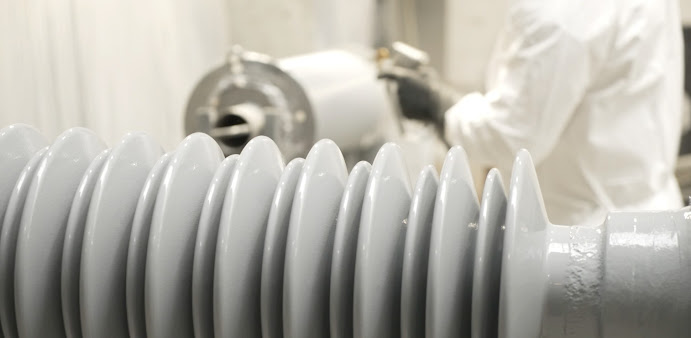What Are The Strategies To Prevent Rust On Electrical Towers?
Rust prevention is crucial for the structural integrity of electrical towers and power transmission infrastructure. Regular maintenance and inspections are necessary to prevent dangerous breaks. Weather conditions can cause metal rust, affecting conductivity and potentially leading to poor grounding, resistance, or failure. Insulating paints or coatings are applied to steel before installation. In this post, we provide a few techniques to stop rust on electrical towers:
By Painting
Painting is an excellent, low-cost way to protect against rust. The paint creates a barrier between the metal and corrosive elements. Oil-based paints are the best option if you want to keep water and oxygen from penetrating the metal and causing corrosion. This barrier keeps water and oxygen from contacting the metal surface and reacting with it. Thus, the rusting process is halted. Using the appropriate paint to prevent rust on electrical towers is critical.
Routine upkeep and inspections
Maintenance is required because the poles' bases can rot, rust, or be damaged by termites, and the pole can lean or fall over, causing injury or damage to nearby property. To avoid rusting, transmission towers should be painted, inspected, and cleaned regularly. Other equipment must be painted, inspected for rust, and cleaned regularly, including High Voltage Insulator Cleaning. Also, every five years, a licenced professional with experience checking electrical tower poles should conduct a safety inspection.
By Using Materials resistant to corrosion
When replacing or upgrading electrical towers, use corrosion-resistant materials and alloys that are less likely to rust. Educating substation personnel on the importance of rust prevention and best practices for corrosion control is also critical.
By Galvanisation
Galvanising protects steel from rust by creating a barrier that prevents corrosive substances from reaching the underlying steel or iron. Zinc acts as a sacrificial anode, protecting exposed steel even after scratches. Hot dip galvanising is suitable for corrosion protection in general atmospheric environments, but in high-sulphur soil and sewage environments, it is ineffective.
By applying coatings that resist corrosion
Protective coatings, such as paint, tar, pitch, bitumen, and plastics, help reduce corrosion by limiting metal exposure to corrosive conditions. Anti-corrosion coatings offer high corrosion resistance for components in highly corrosive environments. They can be categorised into barrier, inhibitive, and sacrificial types. The High Voltage Insulator Coatings are now available to protect electrical towers from harsh environmental elements that lead to corrosion.
Cathodic Protection
To prevent rust formation on electrical towers, use a process known as cathodic protection. In this process, the iron to be protected is attached to another metal, such as zinc or magnesium, which loses electrons to oxygen more easily than iron. The so-called sacrificial cathode will corrode, while the iron will not.
In the end,
The strategies we described above provide a comprehensive approach to preventing rust on electrical towers, emphasising the importance of regular maintenance and inspections. It also includes methods like cathodic protection, painting, and corrosion-resistant coatings. These measures significantly reduce the risk of rust formation and structural issues, ensuring the continued reliability and security of power transmission infrastructure

Comments
Post a Comment